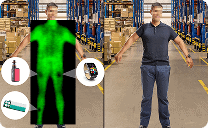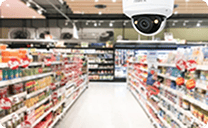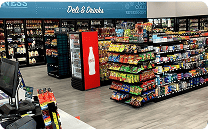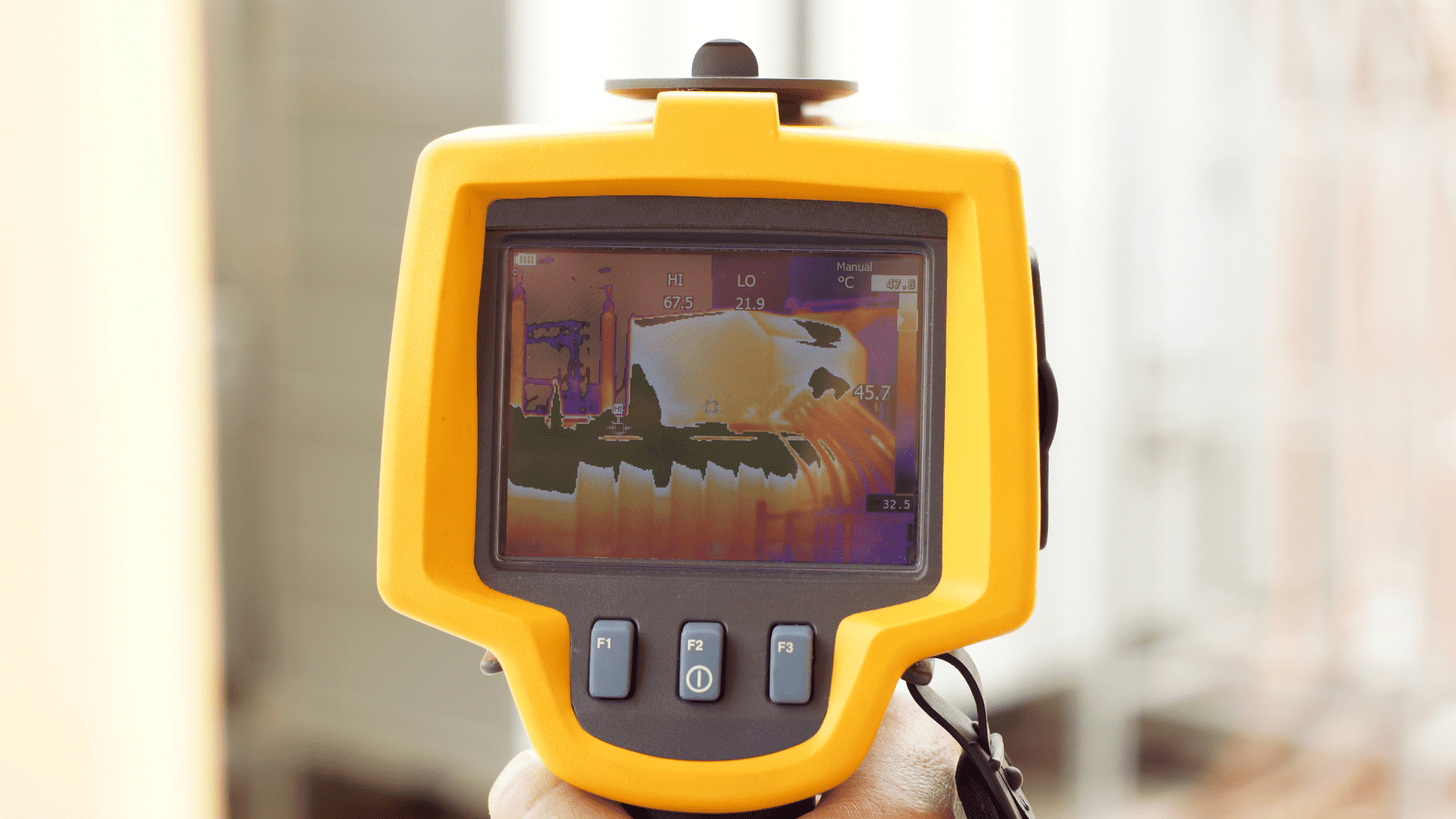In This article
Thermal imaging is the process of capturing and interpreting the heat energy (infrared radiation) emitted by objects and living beings. Unlike traditional cameras, which are solely dependent upon visible light, thermal cameras detect heat differences in a scene and create a visual representation—often referred to as a “heat map“—that highlights these temperature variations.
Thermal imaging’s reliability in challenging conditions makes it a valuable asset for surveillance, safety monitoring, and security operations. Its independence from ambient light allows it to be effective in total darkness, ‘seeing’ through smoke or light fog, and across long distances where traditional optical lenses might struggle.
How Thermal Imaging Works
Every object with a temperature above absolute zero emits infrared radiation. Thermal cameras contain sensors that detect and convert this infrared energy into electrical signals, which are then processed into an image. Warmer areas appear brighter (or in specific colors depending on the palette used), while cooler areas appear darker.
Unlike night vision, which amplifies visible light, thermal imaging works purely off temperature differences, making it much more reliable in no-light conditions.
Key components of a thermal imaging system include:
- Infrared sensors that detect heat patterns across a scene.
- Image processors that translate heat data into a visual format.
- Calibration software that adjusts readings for accuracy and consistency.
- Display outputs such as monitors, mobile apps, or integrated surveillance dashboards.
Some thermal cameras can also record video and trigger alerts when temperature thresholds are breached or movement is detected in temperature-contrasting zones.
Applications in Business and Security
Thermal imaging is used in various industries, including:
- Perimeter surveillance for buildings, warehouses, campuses, and remote facilities.
- Monitoring of critical infrastructure, such as server rooms or mechanical areas.
- Fire detection and safety monitoring in restaurants, industrial kitchens, or factories.
- Nighttime surveillance in low-visibility environments.
- Search and rescue in emergency response scenarios.
Thermal imaging adds a layer of visibility that standard security cameras cannot offer. For example, it can detect intruders attempting to bypass fences in complete darkness or identify equipment overheating before it causes damage.
Benefits of Thermal Imaging
Thermal imaging offers several advantages when integrated into a business’s surveillance and safety systems:
- Enhanced visibility in low-light or obscured conditions.
- Threat detection that visual cameras might miss.
- Monitoring of equipment or machinery for unusual temperature shifts.
- Fewer false alarms, as thermal contrast can more accurately identify living beings versus environmental movement.
When combined with analytics, thermal cameras can help identify patterns, highlight areas of repeated concern, and improve decision-making related to risk and operations.
Thermal Imaging Solutions with DTiQ
DTiQ integrates thermal imaging into its 360iQ platform to help businesses monitor environments where traditional video falls short. From dark parking lots to temperature-sensitive storage areas, our thermal solutions help ensure visibility, safety, and responsiveness—day or night. With DTiQ, you gain a powerful edge in detecting risks, protecting assets, and improving operational awareness. To learn more about VIDEOiQ intelligent video, visit our website.





























